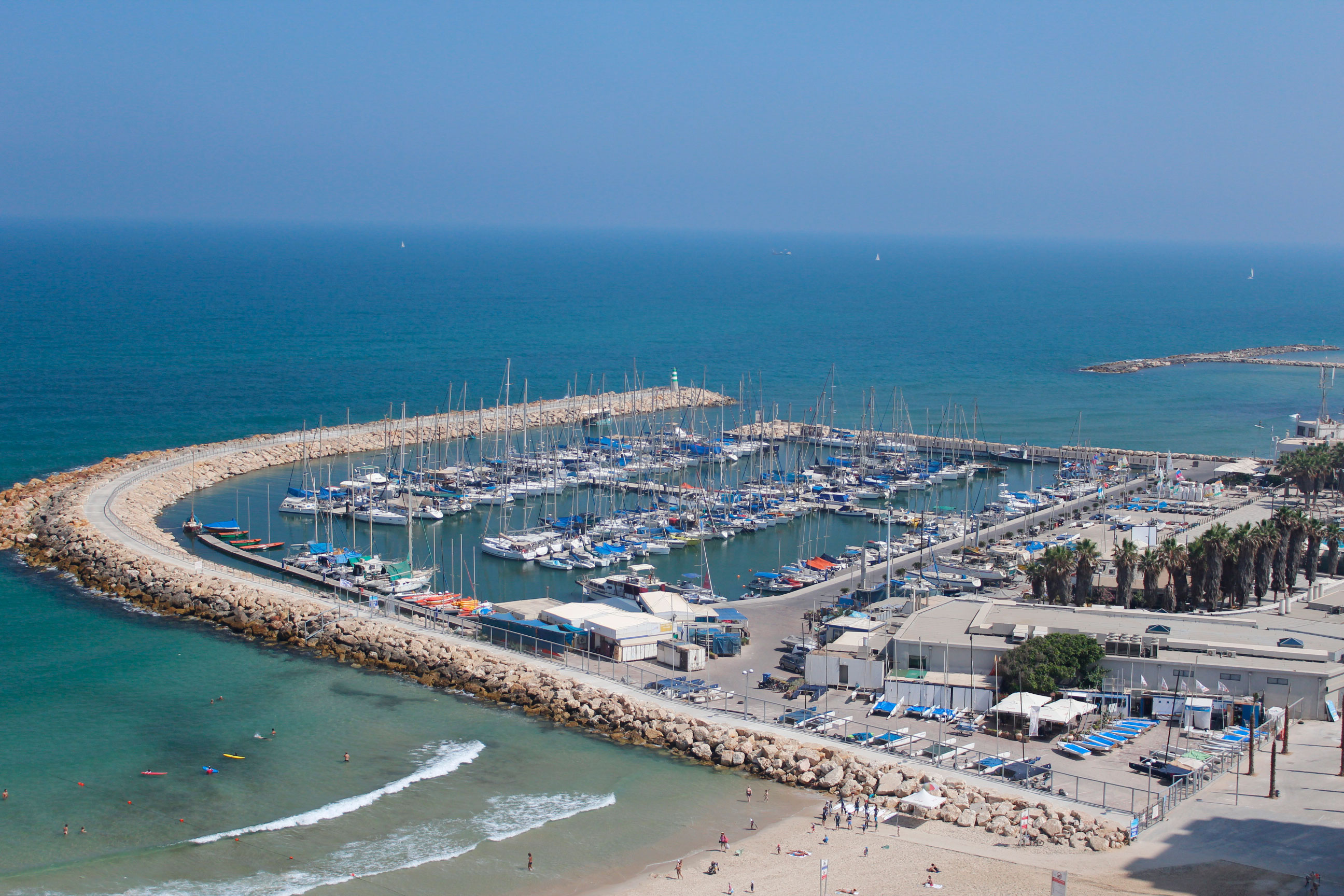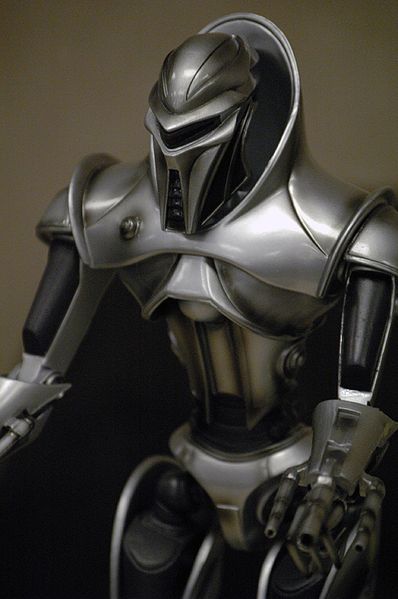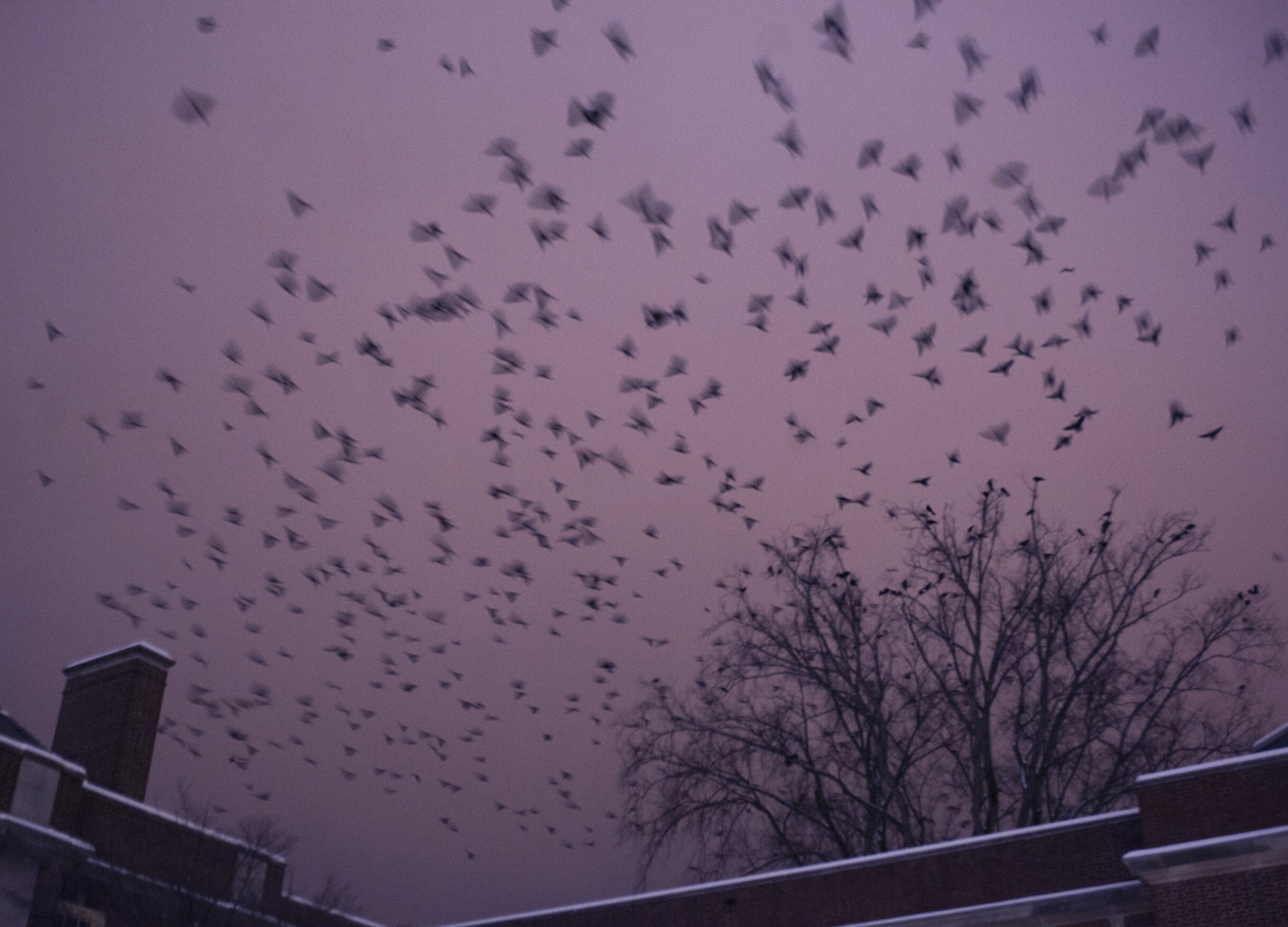I have heard people scoff and raise a skeptical eyebrow when hearing of a semester abroad or an international summer program. I know what they are thinking – easy A’s, lots of eating and drinking and well…
I don’t know about all programs or even all Penn State programs, but I can categorically say that anyone attending Penn State’s summer archaeological program at Tel Akko in Israel is not having a grand old time. Well, they are, but not in the way you think.
Today, the first day was an easy one. We stayed at the Israel Marine School where we are living. Began at 7:30 a.m. with breakfast, followed by lectures until lunch at 1 p.m. and more lectures from 4 p.m. until 6 p.m., then dinner at 7p.m.
I’m not sure how the students sat through it all. We are all jet lagged and the overview spanned the time period from Early Bronze Age to the Crusader period and Napoleon’s failed attempt at capturing the city. That is a lot of history and archaeology crammed into one day. But hey, we were done at 7:30, right?
Sure, because we have to leave tomorrow morning at 5:30 so we can have a tour of the site and do clean up until 12:30. They will feed us breakfast though.
The excavation project is sponsored by Penn State, the University of Haifa, Claremont Graduate University, Claremont McKenna University, the University of Massachusetts at Amherst, and Trinity College. Students are enrolled in different programs through their schools, but all students and staff have to attend the lectures.
Oh, and if you think that we’re free after lunch, no, most days we have to wash pottery and then have another lecture.
There are trips on Saturday and a lecture Sunday at 6 p.m. These few credits are not for the faint of heart, but, besides learning how to dig, uncover the secrets of the ancient past and make new friends, most of the students undoubtedly will think these four weeks were a blast. And some of them will come back next year.



